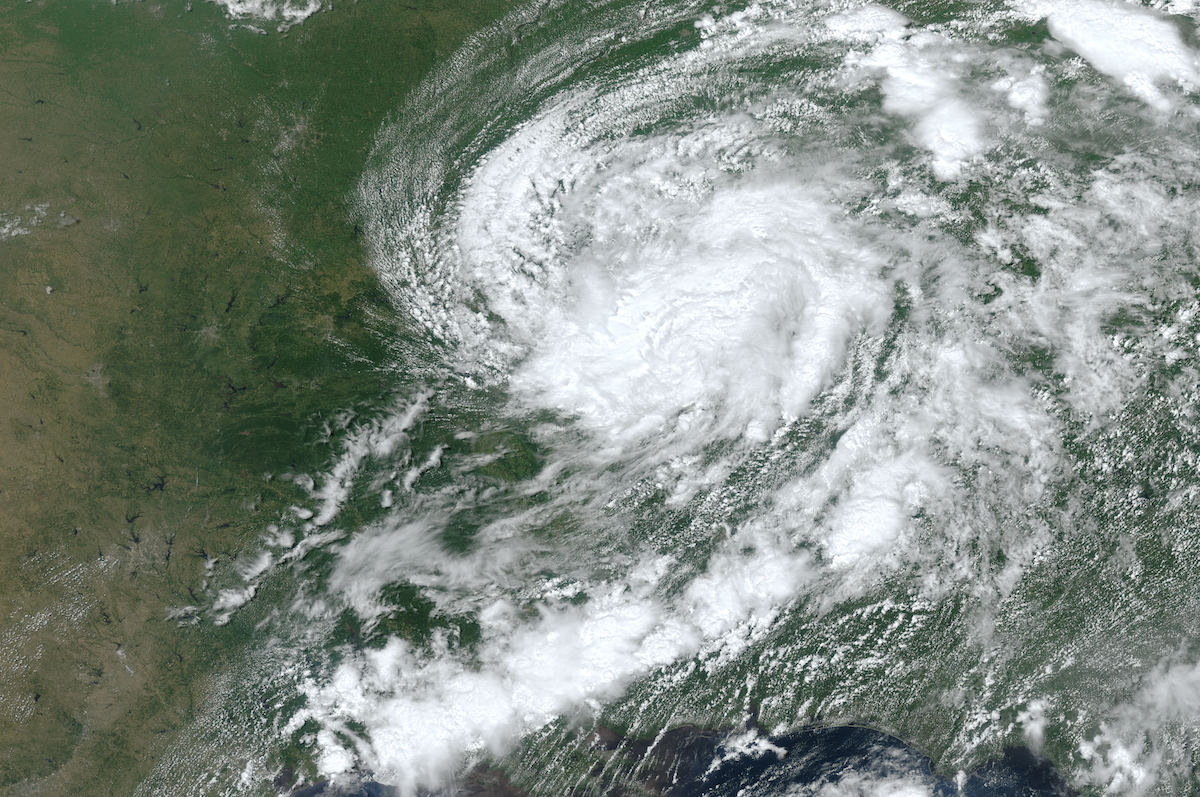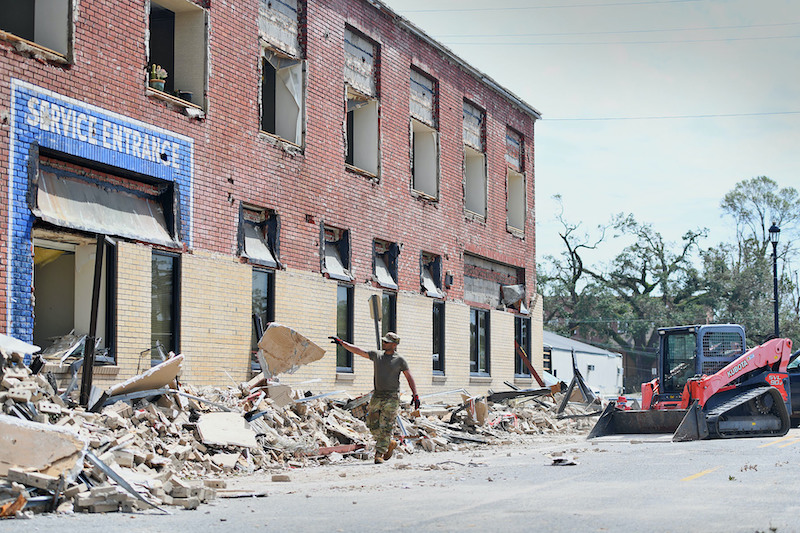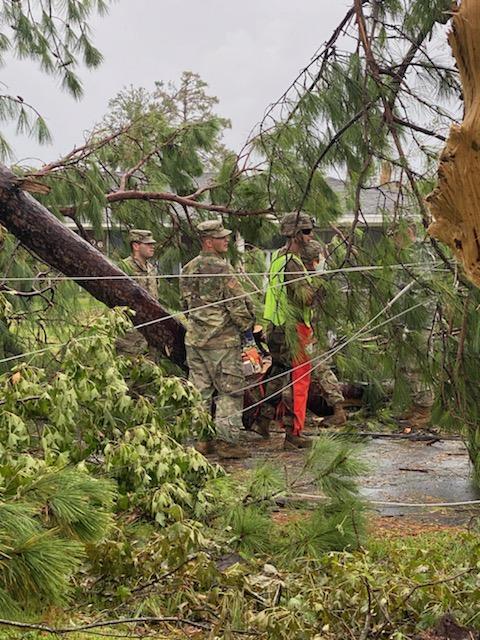
Hurricane Laura, reportedly one of the most powerful storms to ever hit the mainland United States, slammed into the Gulf Coast near the Louisiana-Texas border in late August. Laura left at least 30 people dead, according to the Associated Press; it also left hundreds of thousands of survivors without power. NPR reported that early estimates suggest the storm caused up to $12 billion in property damage.
Laura also ruined hemp crops in some parts of the affected area, while raising concerns about how the region’s nascent industry will fare as the U.S. enters what is traditionally the most active part of the annual Atlantic hurricane season.
Louisiana Hemp ‘Took a Tremendous Hit’
Hemp officials and cultivators in Louisiana are still assessing Laura’s overall impact, but early accounts indicate the possibility of significant damage to this year’s production. “The hemp crop in southwest Louisiana took a tremendous hit,” Lester Cannon – Director of the Seed Programs Division at the Louisiana Department of Agriculture & Forestry and the state’s Hemp Program Director – told Hemp Benchmarks via email on August 31. “We have significant wind and water damage to growing structures and field crops, both resulting in crop losses.”
Cannon added that growers across south Louisiana started contacting state agriculture officials ahead of Laura. As a result, he said, “we were able to get some samples collected and those crops harvested, or at least partially harvested before the storm.”
In the wake of Laura, growers in the southwestern part of the state have also requested “emergency THC sampling” of their damaged hemp crops. “We have a field team on standby to assist those requests,” Cannon wrote. “To date, we have been able to collect and test the requested samples without excessive delay.”
In northeastern Louisiana, next to Arkansas, farmer Thomas Boggs is in his second year of hemp cultivation, in addition to farming corn, rice, and beans. This season, Boggs said he was growing 20 acres of hemp for fiber and seed, along with six acres of CBD hemp. Prior to Laura making landfall, he had already harvested two acres of an autoflower variety and was planning to harvest the rest of his hemp crops in about two weeks’ time.
However, he told Hemp Benchmarks that the hurricane caused extensive damage to unharvested plants. His fiber hemp “didn’t blow over, but it definitely lodged,” meaning it bent or was flattened. Lodging can reduce yields and increase a plant’s vulnerability to disease. “I’m probably going to harvest about eight acres total of that [fiber],” he said. “The rest will have to be destroyed.” Boggs added that around half of his remaining CBD plants lodged as well, but he is “hoping those will come back up a little bit.”

High Winds Impact Arkansas Hemp
Laura was downgraded to a Tropical Storm by the time it reached Arkansas, but preliminary reports suggest that it was still strong enough to hurt the state’s hemp sector. Caleb Allen, Hemp Program Manager at the Arkansas Department of Agriculture, emailed a situation report to Hemp Benchmarks soon after the storm.
“I’ve heard from only a handful of Arkansas hemp farmers regarding Laura damage that tore through Arkansas last night,” he said. “The most common thing I’m hearing is that the heavy 40-50 [mile per hour] winds … caused crop stands to fall over in the field. Just got off of the phone with a farmer that had big bushy plants growing, and the storm knocked down some of [those] … flat to the ground. I’ve heard this from two farmers now.”
Allen added his group is not sure how the storm might affect the THC content of damaged plants prior to the upcoming harvest. As of late August, the state had begun processing some harvesting requests, although “a large majority of hemp farmers will still have unharvested crop in the field.”

Texas ‘Dodged a Cannonball’
In the words of one local meteorologist, southeast Texas “dodged a cannonball, not a bullet” when it came to potential damage from Laura. Tillery Sims, Executive Director of the Texas Hemp Growers Association, echoed that assessment. She told Hemp Benchmarks that one association member in Harris County, which includes greater Houston and is near Galveston Bay, reported no crop damage in the area.
Sims also noted that the majority of hemp cultivation in Texas, as reported to the USDA’s Farm Service Agency, takes place further north in the state’s High Plains region. “The 800 acres growing around Lubbock are looking promising,” she added, “but as with every other crop it’s not over [until] the money is in the bank.”
Hurricane Season Not Yet Over
September is usually the peak month for the Atlantic hurricane season. There are concerns that any significant future storms could create additional, potentially severe setbacks for the region’s hemp sector.
“We remain hopeful that our fledgling industry will survive such a devastating blow,” said Louisiana’s Lester Cannon, in the aftermath of Laura.



